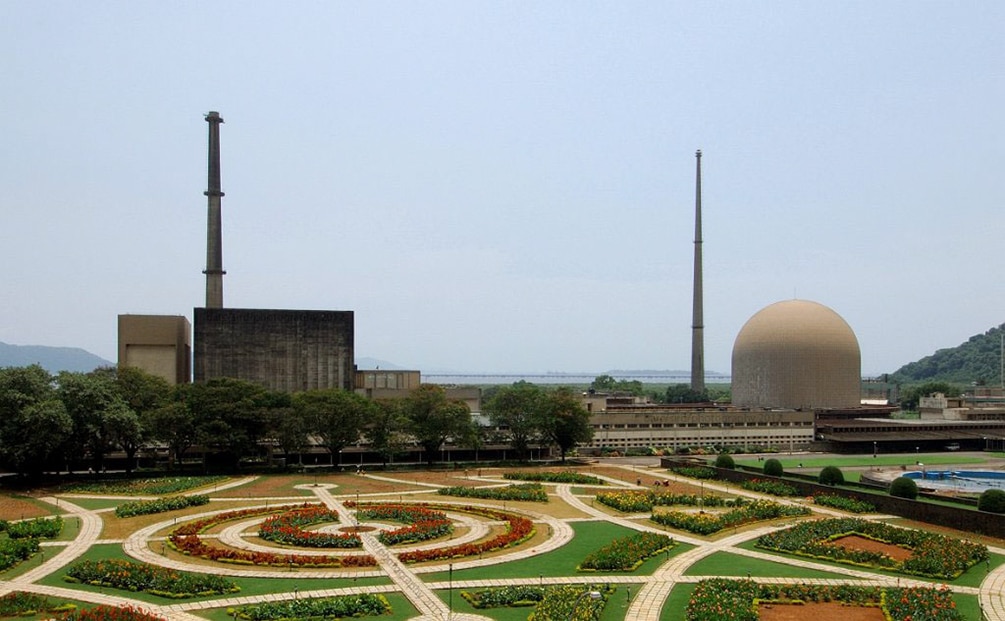About Bhabha Atomic Research Centre (BARC):
- It is India’s premier nuclear research facility.
- It is headquartered in Trombay, Mumbai, Maharashtra.
- It operates under the Department of Atomic Energy, which is directly overseen by the Prime Minister of India.
- It is a multi-disciplinary research centre with extensive infrastructure for advanced research and development covering the entire spectrum nuclear science and engineering and related areas.
- BARC is the research backbone of the Nuclear Power Corporation of India (NPCIL), which currently operates all nuclear power reactors in India.
- History:
- Dr. Homi Jehangir Bhabha conceived the nuclear program in India.
- Dr. Bhabha established the Tata Institute of Fundamental Research (TIFR) to carry out nuclear science research in 1945.
- To intensify the effort to exploit nuclear energy for the benefit of the nation, Dr. Bhabha established the Atomic Energy Establishment, Trombay (AEET), in January 1954 for a multidisciplinary research program essential for the ambitious nuclear program of India.
- After the death of Bhabha in 1966, AEET was renamed Bhabha Atomic Research Centre (BARC).
- Functions:
- It is engaged in research with the objective of generating knowledge and techniques for nuclear power production, the advancement of nuclear science, the use of radioisotopes in industry, health, and agriculture, and research in frontier areas of science and technology.
- It is responsible for the design and development of nuclear reactors, fuel cycle technologies, radiation protection, and safety systems.
- BARC also plays an important role in nuclear education and training. It offers various training programs for scientists, engineers, and technicians in the areas of nuclear science and technology.
Q1: What are electrolysers?
Electrolysers, which use electricity to split water into hydrogen and oxygen, are a critical technology for producing low-emission hydrogen from renewable or nuclear electricity. Like fuel cells, electrolyzers consist of an anode and a cathode separated by an electrolyte. Different electrolyzers function in different ways, mainly due to the different type of electrolyte material involved and the ionic species it conducts.
Source: PSU Alert: BHEL signs pact with BARC for hydrogen production
Last updated on June, 2025
→ UPSC Notification 2025 was released on 22nd January 2025.
→ UPSC Prelims Result 2025 is out now for the CSE held on 25 May 2025.
→ UPSC Prelims Question Paper 2025 and Unofficial Prelims Answer Key 2025 are available now.
→ UPSC Calendar 2026 is released on 15th May, 2025.
→ The UPSC Vacancy 2025 were released 1129, out of which 979 were for UPSC CSE and remaining 150 are for UPSC IFoS.
→ UPSC Mains 2025 will be conducted on 22nd August 2025.
→ UPSC Prelims 2026 will be conducted on 24th May, 2026 & UPSC Mains 2026 will be conducted on 21st August 2026.
→ The UPSC Selection Process is of 3 stages-Prelims, Mains and Interview.
→ UPSC Result 2024 is released with latest UPSC Marksheet 2024. Check Now!
→ UPSC Toppers List 2024 is released now. Shakti Dubey is UPSC AIR 1 2024 Topper.
→ Also check Best IAS Coaching in Delhi






















